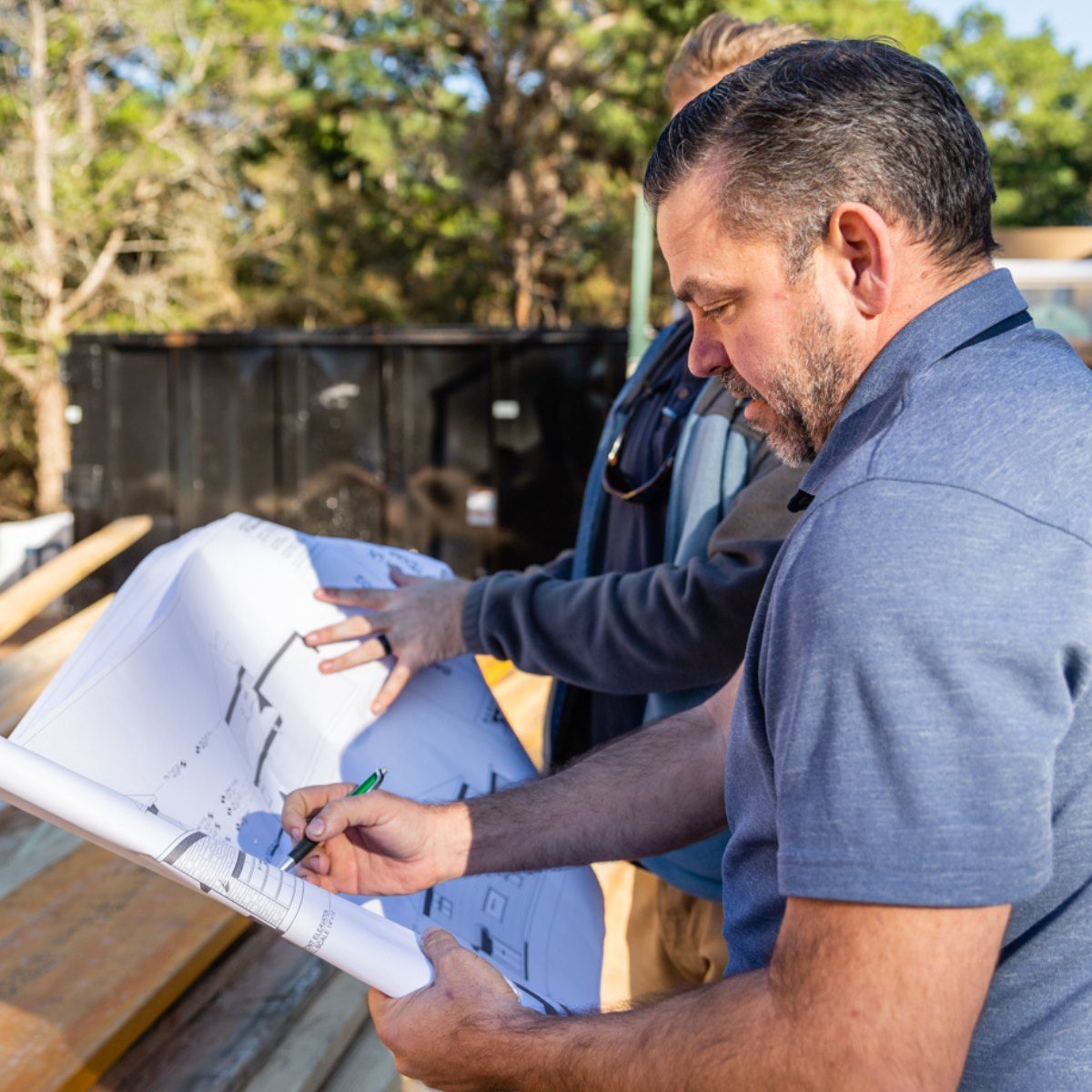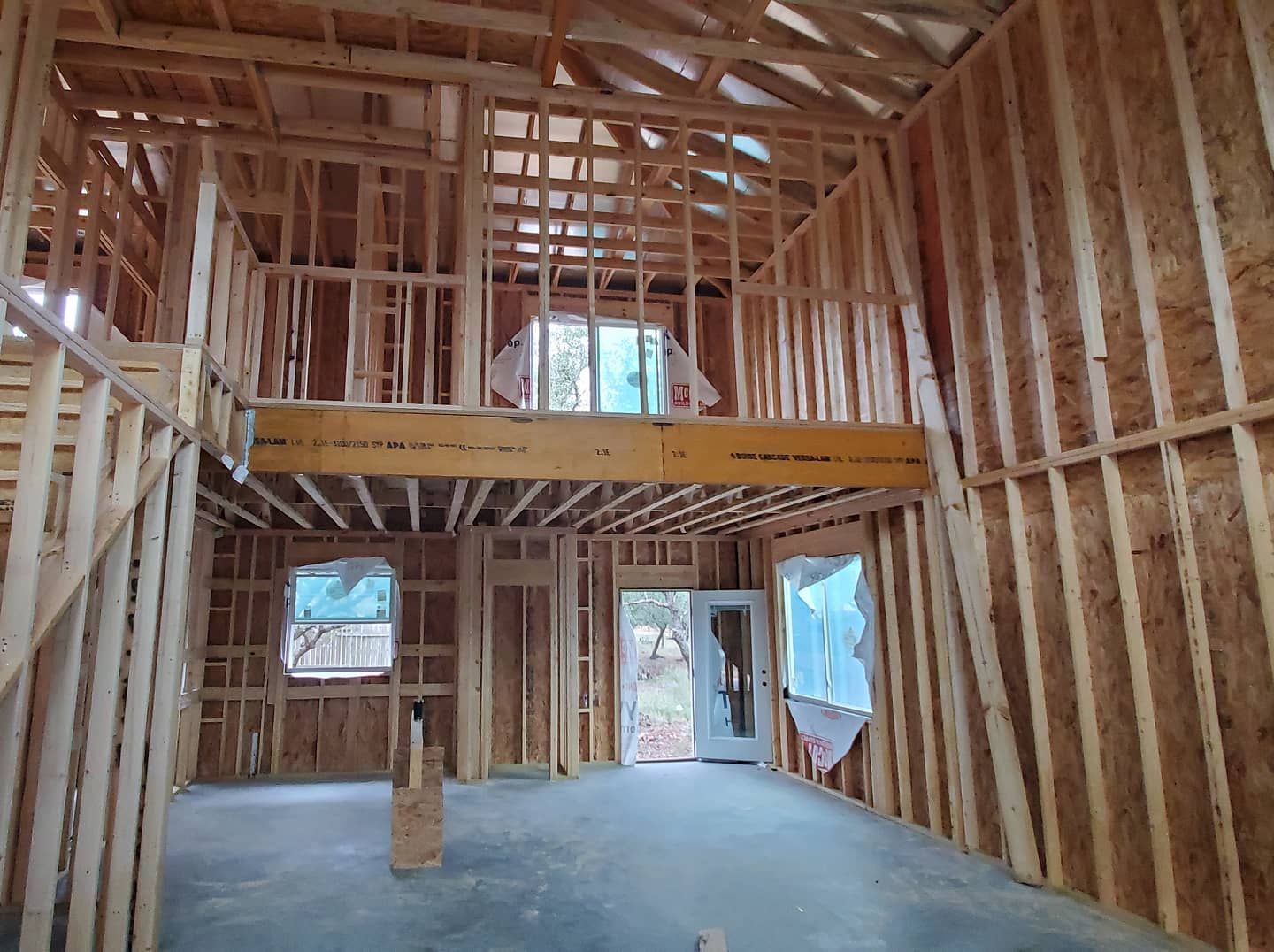Winter Home Maintenance Tips
Protecting Your Investment When Temperatures Drop
Winter's beauty often comes with a hidden cost: the potential for damage to your home. Freezing temperatures, snow, ice, and harsh winds can take a toll on your property, leading to costly repairs down the line. But with a little proactive maintenance, you can protect your investment and ensure your home remains comfortable and safe throughout the winter months.
At Five Mile Construction, we're not just about building and renovating homes; we're also committed to helping homeowners maintain their properties for long-term value and enjoyment. That's why we've compiled this comprehensive list of winter home maintenance tips to help you prepare for the cold weather and prevent potential problems.
1. Seal Drafts and Insulate:
One of the most effective ways to winterize your home is to seal drafts and ensure proper insulation. This will not only keep your home warmer and more comfortable but also reduce your energy bills.
- Check Windows and Doors: Inspect weather stripping around windows and doors, replacing any worn or damaged seals. Use caulk to seal any gaps or cracks around frames.
- Insulate Pipes: Insulate pipes in unheated areas, such as attics, basements, and crawl spaces, to prevent them from freezing and bursting. Use pipe insulation sleeves or heat tape for added protection.
- Add Insulation: Consider adding extra insulation to your attic and walls to improve energy efficiency and reduce heat loss.
- Close the Fireplace Damper: When not using the fireplace close the damper to avoid unnecessary heat escaping.
2. Maintain Your Heating System:
Your heating system works overtime during the winter, so it's crucial to ensure it's in optimal condition.
- Schedule a Furnace Inspection: Have a qualified HVAC technician inspect and service your furnace annually, preferably before the start of the heating season. They will clean the system, check for any potential problems, and ensure it's operating efficiently.
- Replace Furnace Filters: Dirty filters restrict airflow, making your furnace work harder and reducing its efficiency. Replace filters every 1-3 months, or more frequently during periods of heavy use.
- Test Your Thermostat: Make sure your thermostat is functioning correctly and accurately reflecting the temperature in your home. Consider upgrading to a programmable or smart thermostat for greater energy efficiency and control.
3. Protect Your Plumbing:
Frozen pipes are a common and costly winter problem. Take these steps to prevent them:
- Drain Outdoor Faucets: Disconnect and drain garden hoses, and shut off the water supply to outdoor faucets. Install insulated covers on outdoor faucets for added protection.
- Insulate Pipes: As mentioned earlier, insulate pipes in unheated areas.
- Let Faucets Drip: During extremely cold weather, let faucets drip slightly to keep water moving and prevent freezing. This is especially important for faucets on exterior walls.
- Know the Location of Your Main Water Shut-Off Valve: In case of a burst pipe, you'll need to shut off the water supply quickly.
4. Inspect Your Roof and Gutters:
Snow and ice can cause significant damage to your roof and gutters.
- Clean Gutters: Remove leaves, debris, and any obstructions from your gutters and downspouts to ensure proper drainage. Clogged gutters can lead to ice dams, which can damage your roof and cause water to back up into your home.
- Inspect Your Roof: Check for missing or damaged shingles, flashing, or other signs of wear and tear. Address any issues promptly to prevent leaks.
- Trim Overhanging Branches: Trim any tree branches that are overhanging your roof to prevent damage from falling limbs during storms.
5. Prepare Your Landscaping:
Take steps to protect your landscaping from the harsh winter weather.
- Protect Plants: Cover delicate plants with burlap or frost blankets to protect them from freezing temperatures.
- Mulch Garden Beds: Apply a layer of mulch to garden beds to insulate the soil and protect plant roots.
- Prune Trees and Shrubs: Prune dead or damaged branches from trees and shrubs to prevent them from breaking under the weight of snow or ice.
6. Check Smoke and Carbon Monoxide Detectors:
Ensure your smoke and carbon monoxide detectors are functioning correctly.
- Test Batteries: Test the batteries in your smoke and carbon monoxide detectors monthly and replace them at least once a year.
- Replace Detectors: Smoke detectors should be replaced every 10 years, and carbon monoxide detectors should be replaced every 5-7 years.
7. Prepare an Emergency Kit:
Be prepared for winter storms and power outages.
- Stock Supplies: Gather essential supplies, such as flashlights, batteries, a first-aid kit, non-perishable food, bottled water, and blankets.
- Have a Communication Plan: Develop a communication plan with family members in case of an emergency.
8. Clear Snow and Ice:
Regularly clear snow from walkways, driveways, and roofs.
- Walkways and Driveways: Keep these clear to avoid slips and falls.
- Roof: Excessive snow buildup on your roof can cause structural damage. Use a roof rake to remove snow, especially after heavy snowfalls. Be extremely careful when working on your roof, or hire a professional if you're not comfortable doing it yourself.
Five Mile Construction: Your Partner in Home Maintenance
At Five Mile Construction, we believe that proactive maintenance is key to protecting your home and avoiding costly repairs. These winter home maintenance tips will help you prepare for the cold weather and ensure your home remains safe, comfortable, and energy-efficient.
If you need assistance with any of these tasks or have concerns about your home's winter readiness, don't hesitate to contact us. We offer a range of home maintenance services to keep your property in top condition year-round. Let us help you protect your investment and enjoy a worry-free winter!


